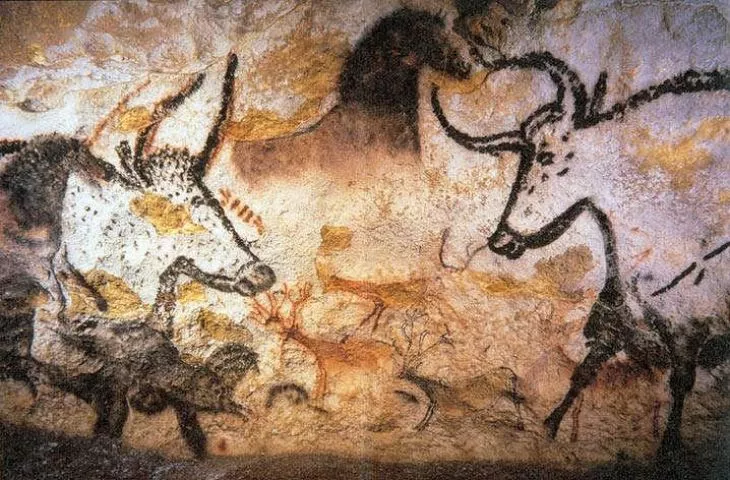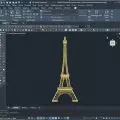Every elementary school student learns about this cave, as do the drawings left by our great-grandparents. Although they are not the oldest, as was thought for a long time, they are certainly the most famous. Since the 1960s, the Lascaux cave has been closed to the public. However, all who are interested can see a faithful copy of it nearby. Despite the closure of the original cave, this has not prevented its destruction.
The discovery of the cave at Lascaux began with a fox burrow. At the end of summer in 1940, when the gaze of the whole world was directed in a completely different direction, a remarkable archaeological discovery was made in southwestern France. At first it was thought, according to local legend, that the fox's burrow was an opening to a corridor leading to the manor of Lascaux. The first attempt to explore the hole was made by Marcel Ravidat, a young mechanic. However, the boy had to abandon his intentions to penetrate the breach due to a lack of suitable tools. Four days later, he returned to the site with three colleagues, this time better prepared. When they managed to widen the hole, Marcel slipped inside. Eventually, the others followed him, and to their eyes appeared the wall paintings.
If you want to feel like Marcel Ravidat, Jacques Marsal, Georges Agniel and Simon Coencas look into the Lascaux cave.














